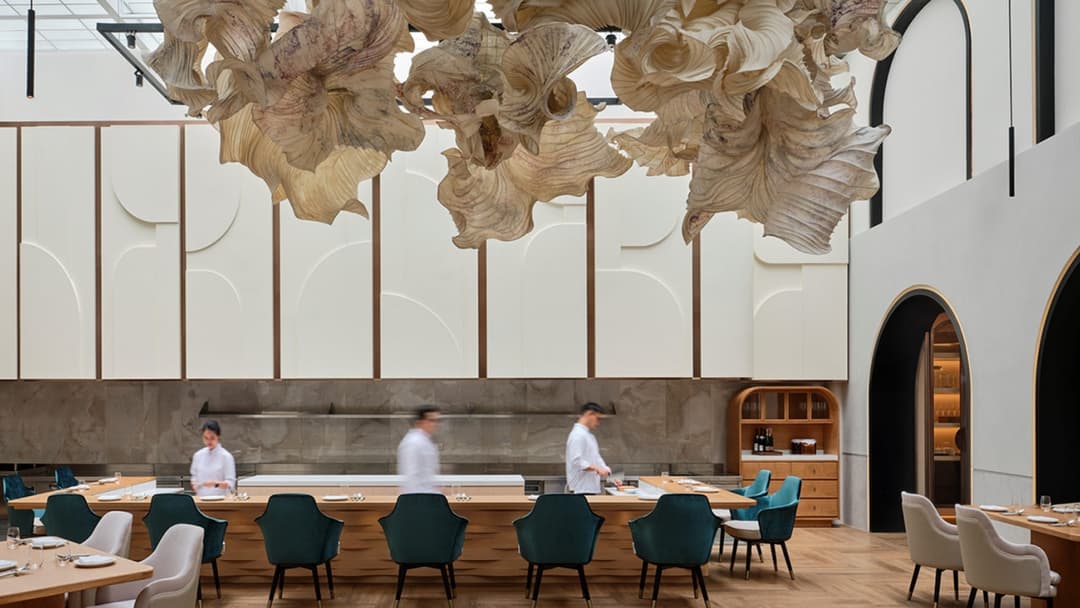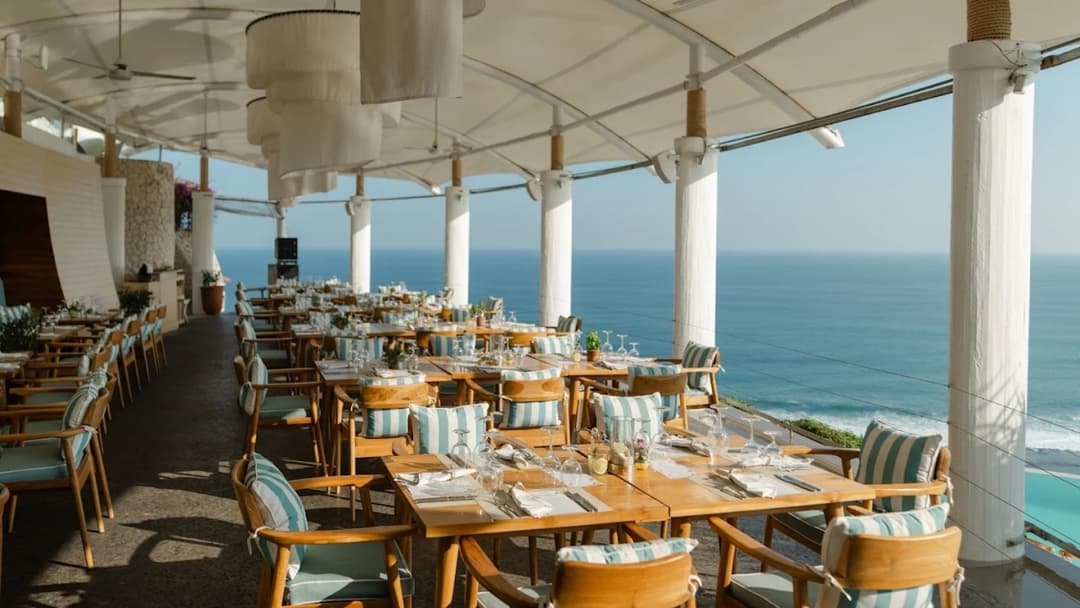
Stepping through the portal

Stepping through the portal

By PORTALTO Editor
21 May 2025
Some destinations linger in your soul long after you leave. Zhangjiajie, nestled in the heart of Hunan Province, is not just one of them—it defines them. This is a place that doesn’t simply ask for your attention, it demands your awe. With jagged sandstone pillars rising through low-hanging clouds and narrow walkways etched into cliffs, Zhangjiajie feels like a world quietly watching from above the clouds.
While the park has been celebrated in China for centuries, it was James Cameron’s blockbuster Avatar that pulled it into the global spotlight. The floating Hallelujah Mountains in the film were directly inspired by the dramatic quartz-sandstone formations of the Yuanjiajie Scenic Area. But Zhangjiajie isn’t a place defined by fiction. It is myth and legend in living form—an ancient land that breathes.
Touching down in Zhangjiajie Hehua Airport, the shift is immediate. The air feels heavier, greener. As you begin the drive toward the Wulingyuan Scenic Area, hints of the mystical start to emerge—steep cliffs jutting through misty veils, winding roads wrapped in thick foliage, birdsong echoing between peaks. The sheer verticality of the landscape feels surreal.
Zhangjiajie National Forest Park is part of the larger Wulingyuan Scenic Area, a UNESCO World Heritage Site covering over 26,000 hectares. It’s home to more than 3,000 narrow sandstone pillars and peaks, many of them over 200 meters high.
Rivers carve deep ravines below, while above, fog dances between the trees like a spirit. The weather is moody here—sunshine gives way to fog, then suddenly to a drizzle—but each change only adds to the enchantment.

To understand the scope of Zhangjiajie, start with the Bailong Elevator—the world’s tallest outdoor lift. Built into a cliff face, this engineering marvel whisks visitors 326 meters up in just under two minutes. As the elevator climbs, so does your heartbeat. The forest drops away below and you rise into the clouds. From here, the real adventure begins.
At the top, walking paths snake between towering columns of rock, some of which seem barely wide enough to stand on. Stand still for a moment and you’ll hear it—the quiet. This is no ordinary silence. It’s sacred, a kind of hush that only exists in places that feel untouched by time.
Yuanjiajie is the crown jewel of the park. You’ll find the famed Avatar Hallelujah Mountain here—formerly called the Southern Sky Column—and the First Bridge Under Heaven, a natural stone arch suspended between cliffs. The view from the bridge is nothing short of cinematic: jagged green peaks stretch endlessly into the horizon, often disappearing into a sea of white cloud.



If you’re chasing adrenaline to go with your cloud-dreaming, head to the Zhangjiajie Grand Canyon and cross the Glass Bridge. Suspended 300 meters above the canyon floor, it is the world’s longest and highest glass-bottom bridge, stretching 430 meters in length.
It’s not for the faint-hearted. Each step reveals the void beneath your feet, a see-through thrill that’s equal parts terror and wonder. But once you surrender to the experience, it becomes strangely peaceful. There’s a kind of clarity up here—literal and metaphorical—that few places on Earth can offer.
For those with a bit more time, consider zip-lining across the canyon or taking the glass slide down. Yes, there’s a glass slide. It’s as bizarre and delightful as it sounds.
Zhangjiajie is more than scenic hikes and vertigo-inducing bridges. Venture into the Tianzi Mountain area for sweeping views and misty plateaus. The mountain's name, which means “Son of Heaven,” pays tribute to a Tujia ethnic group leader who once led an uprising here.
Don’t miss the Golden Whip Stream trail. This is the park’s softest side—a winding path along a gentle stream, under the watchful eye of towering cliffs. The water runs clear and the forest hums with life. If you’re lucky, you might spot a wild monkey leaping through the branches.
For the best experience, stay in Wulingyuan town. It’s charming, walkable, and just minutes from the park’s entrance. Many boutique hotels and guesthouses here lean into the mystical aesthetic—think traditional wooden interiors, panoramic balconies, and steaming pots of local tea.
One standout is the No.5 Valley Inn, hidden in a quiet village outside the main town. It offers a modern-meets-rustic design and unobstructed views of the peaks. The hospitality is warm, and it’s a welcome contrast to the more tourist-heavy areas.
Spring (April to June) and autumn (September to early November) are the best times to visit. You’ll avoid the summer crowds and enjoy moderate temperatures. The morning mists are also most frequent during these periods, which means more of those ethereal, dreamlike views.
Avoid Chinese public holidays, particularly Golden Week in early October. The park can become overwhelmingly crowded.
Start early. The park opens at 7:00 AM. Be there.
Wear proper shoes. Many trails involve steep stairs and slick walkways.
Pack snacks and water. Food inside the park is limited and overpriced.
Use the free shuttle buses. The park is vast, and the buses make navigating between scenic areas much easier.
Hire a guide. If you're short on time, a local guide can
help you hit the highlights and share local legends you won’t find in
brochures.
There’s something elemental about Zhangjiajie. It’s not just the views. It’s how small you feel standing at the edge of a cliff, surrounded by pillars that have stood for millions of years. It’s the way the fog curls around your shoulders, like an ancient whisper. It’s the breath you didn’t know you were holding.
As night falls and the crowds disappear, the magic lingers. The sky dims, the mists settle, and the mountains seem to lean in just a little closer. Zhangjiajie is more than a destination—it’s a reminder that the world still holds mysteries. You just have to chase the clouds.

Location: Zhangjiajie, Hunan Province, China
Nearest Airport: Zhangjiajie Hehua International Airport (DYG)
Best Time to Visit: April to June, September to November
Park Entry Fee: Approx. 248 RMB (price may vary seasonally)




